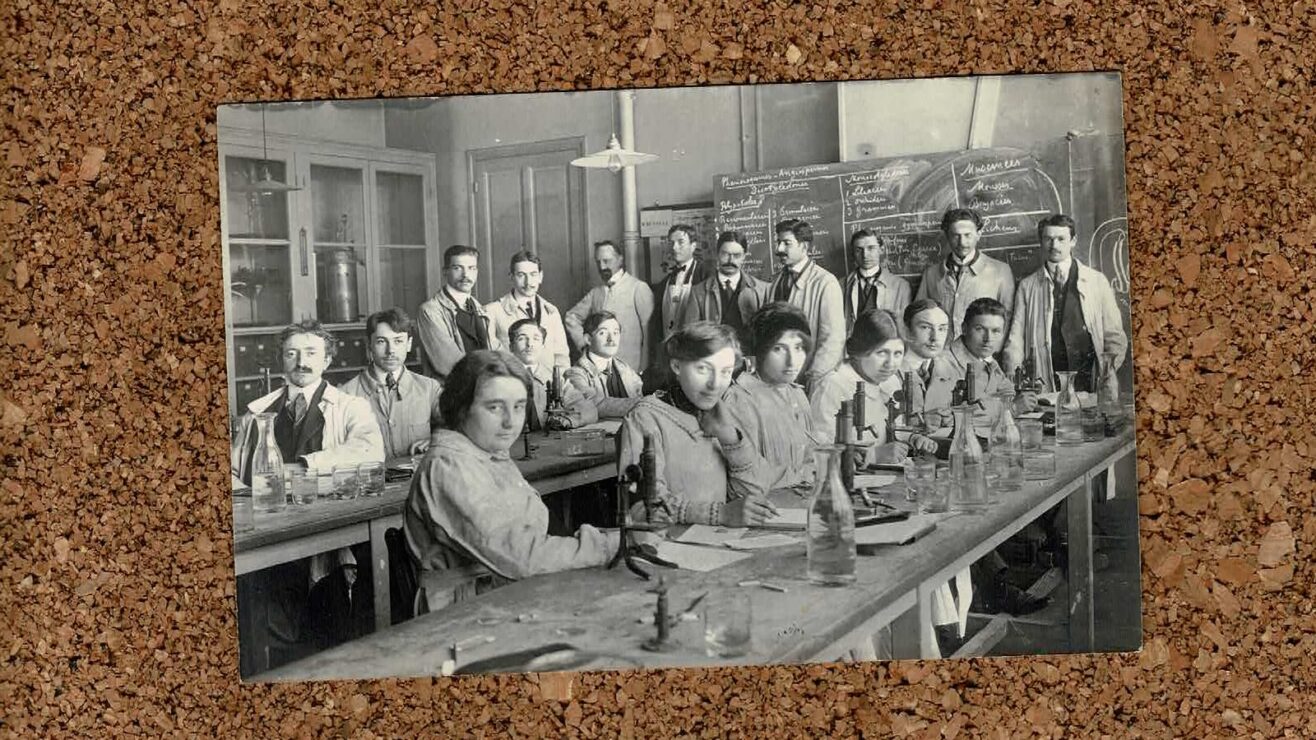When ChatGPT was released in November 2022, it sent shockwaves through higher education.
In response, universities moved at pace during the first half of 2023 to develop policy and good practice guidance for staff and students on appropriate use of GenAI for education purposes; the Russell Group’s Principles on the use of generative AI tools in education are particularly noteworthy. Developments since, however, have been fairly sluggish by comparison.
The sector is still very much at an exploratory phase of development: funding pilots, individual staff using AI tools for formative learning and assessment, baseline studies of practice, student and staff support, understanding of tools’ functionality and utilisation etc. The result is a patchwork of practice not coherent strategy.
Yet AI literacy is one of the fastest growing skills demanded by industry leaders. In a survey of 500 business leaders from organisations in the US and UK, over two-thirds respondents considered it essential for day-to-day work. Within AI literacy, demand for foundation skills such as understanding AI-related concepts, being able to prompt outputs and identify use cases surpassed demand for advanced skills such as developing AI systems.
Students understand this too. In HEPI’s Student generative AI survey 2025 67 per cent of student respondents felt that it was essential to understand and use AI to be successful in the workplace whereas only 36 per cent felt they had received AI skill-specific support from their institution.
There is a resulting gap between universities’ current support provision and the needs of industry/ business which presents a significant risk.
Co-creation for AI literacy
AI literacy for students includes defining AI literacy, designing courses aligned with identified learning outcomes, and assessment of those outcomes.
The higher education sector has a good understanding of AI literacy at a cross disciplinary level articulated through several AI literacy frameworks. For example, UNESCO’s AI Competency Framework for Students or the Open University in the UK’s own framework. However, most universities have yet to articulate nuanced discipline-specific definitions of AI literacy beyond specialist AI-related subjects.
Assessment and AI continues to be a critical challenge. Introducing AI tools in the classroom to enhance student learning and formatively assess students is fairly commonplace, however, summative assessment of students’ effective use of AI is much less so. Such “authentic assessments” are essential if we are serious about adequately preparing our students for the future world of work. Much of the negative discourse around AI in pedagogy has been around academic integrity and concerns that students’ critical thinking is being stifled. But there is a different way to think about generative AI.
Co-creation between staff and students is a well-established principle for modern higher education pedagogy; there are benefits for both students and educators such as deeper engagement, shared sense of ownership and enhanced learning outcomes. Co-creation in the age of AI now involves three co-creators: students, educators and AI.
Effective adoption and implementation of AI offers a range of benefits specific to students, specific to educators and a range of mutual benefits. For example, AI in conjunction with educators, offers the potential for significantly enhancing the personalisation of students’ experience on an on-demand basis regardless of the time of day. AI can also greatly assist with assessment processes such as marking turnaround times and enhanced consistency of feedback to students. AI also allows staff greater data-driven insights for example into students at risk of non-progression, areas where students performed well or struggled in assessments allowing targeted follow up support.
There is a wealth of opportunity for innovation and scholarship as the potential of co-creation and quality enhancement involving staff, students and AI is in its infancy and technology continues to evolve at pace.
Nurturing an AI-positive culture
At Queen Mary University of London, we are funding various AI in education pilots, offering staff development programmes, student-led activities and through our new Centre for Excellence in AI Education, we are embedding AI meaningfully across disciplines. Successfully embedding AI within university policy and practice across the breadth of operations of the institution (education, research and professional practice), requires an AI-positive culture.
Adoption of AI that aligns with the University’s values and strategy is key. It should be an enabler rather than some kind of add-on. Visible executive leadership for AI is critical, supported by effective use of existing champions within schools and faculties, professional services and the student body to harness expertise, provide support and build capacity. In some disciplines, our students may even be our leading institutional AI experts.
Successful engagement and partnership working with industry, business and alumni is key to ensure our graduates continue to have the necessary skills, knowledge and AI literacy to achieve success in the developing workplace.
There is no escaping the fact that embedding AI within all aspects of a university’s operations requires significant investment in terms of technology but also its people. In our experience, providing practical support through CPD, case studies, multimedia storytelling etc whilst ensuring space for debate are essential for a vibrant, evolving community of practice.
A key challenge is trying to maintain oversight and co-ordinate activities in large complex institutions in a field that is evolving rapidly. Providing the necessary scaffolding in terms of strategy and policy, regulatory compliance and appropriate infrastructure whilst ensuring there is sufficient flexibility to allow agility and encourage innovation is another key factor for an AI-positive culture to thrive.
AI is reshaping society and building an AI-positive culture is central to the future of higher education. Through strategic clarity and cultural readiness, universities need to effectively harness AI to enhance student learning, support staff, improve productivity and prepare students for a changing world.













